The cat is out of the bag and you’ve seen it in the news: the Catskills are becoming the new Hamptons. Traffic-averse folks shudder at the thought of the New York Thruway increasingly resembling the Long Island Expressway with each passing holiday weekend. I’ve learned to adjust, opting for local outings further downstate that offer a legitimate respite from the throngs of urbanites trekking upstate.
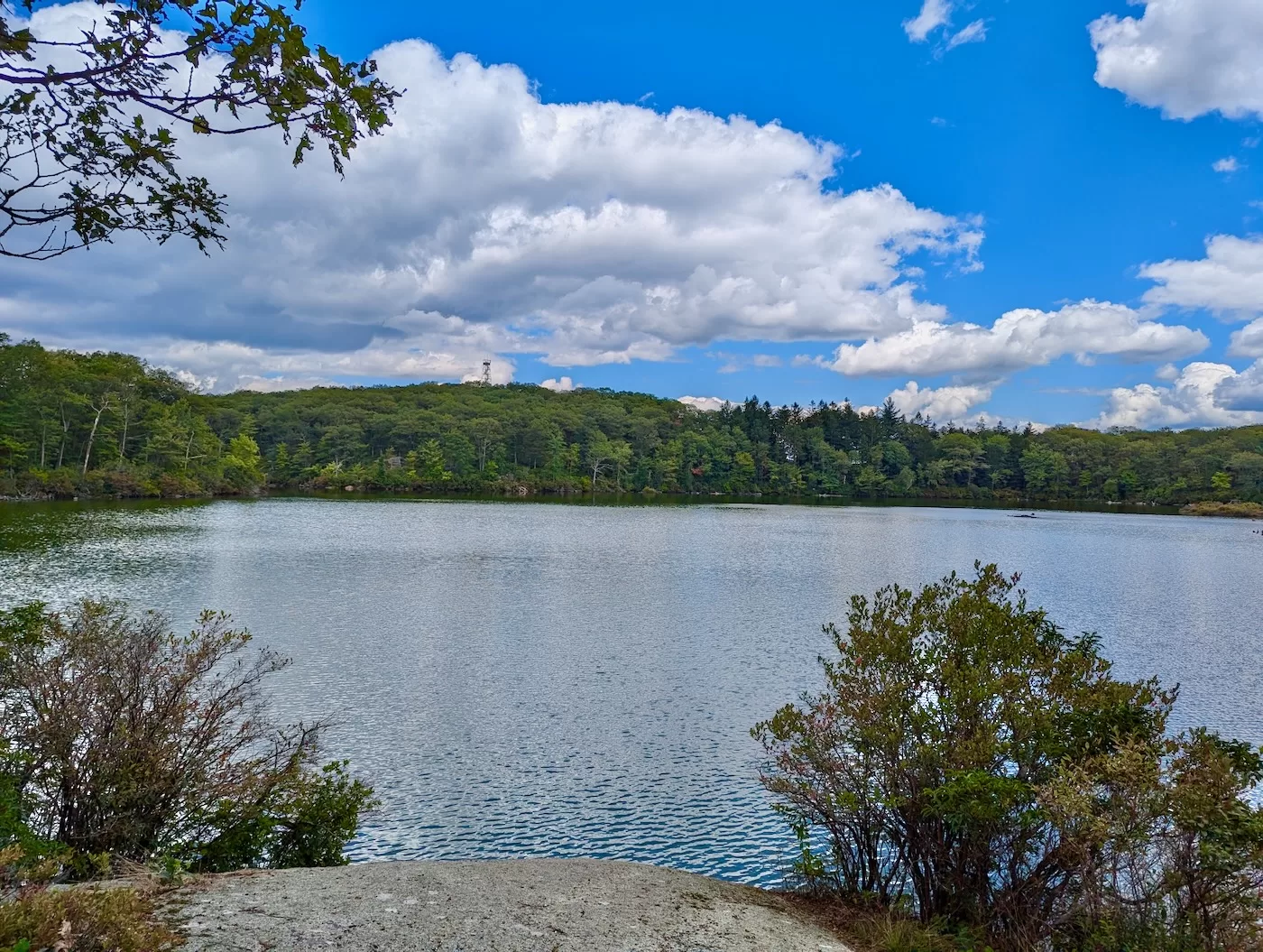
On Labor Day, in search of a quieter alternative to one of my favorite rides in Minnewaska State Park, I decided to keep it local at the Black Rock Forest Consortium. Despite being only 35 miles from my apartment and just a stone’s throw from Victor Constant Ski Area, I’d never visited Black Rock Forest.
Perhaps the $5 parking fee or its designation as a non-profit scientific field station kept me away. I wasn’t sure it was a welcoming place for cyclists, despite bikes being allowed on the forest’s countless gravel roads. I was pleasantly surprised by what I discovered on my first visit.
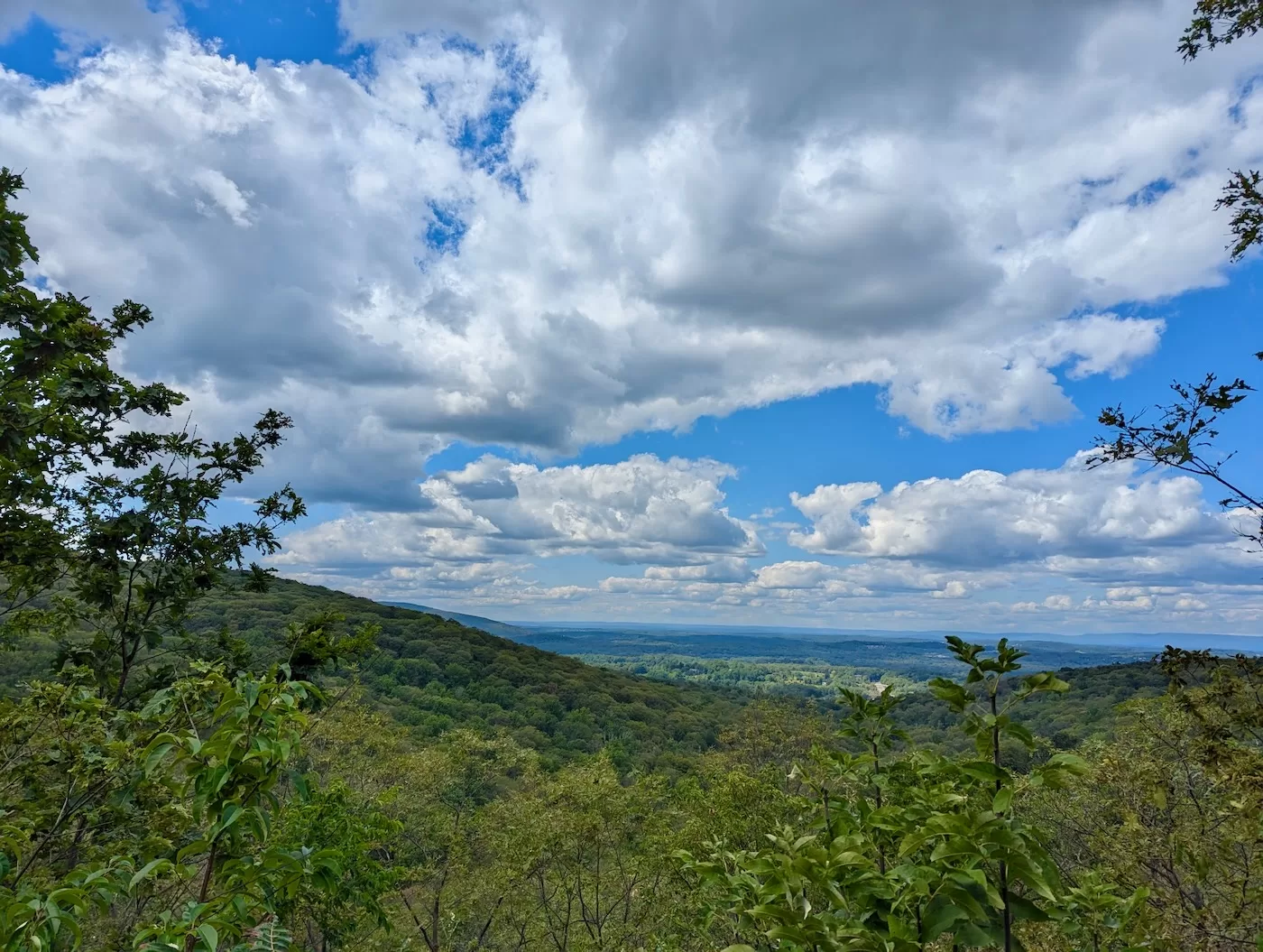
Black Rock Forest has an interesting history. Situated in the Hudson Highlands and bordered by West Point, this 4,000-acre woodland was established as a research forest in 1929. After 20 years in private ownership, the forest was donated to Harvard University and became the backdrop for a significant number of scientific publications.
A proposed pumped storage power plant planned by Con Edison almost spelled the forest’s demise in 1960, but through the efforts of groups like The New York-New Jersey Trail Conference, The Nature Conservancy, the Sierra Club, Scenic Hudson, and many others, the forest was saved, and the consortium was founded. Today, much of the forest’s research centers around the predictive understanding of the future of eastern deciduous forests in relation to the environmental challenges we are currently facing.
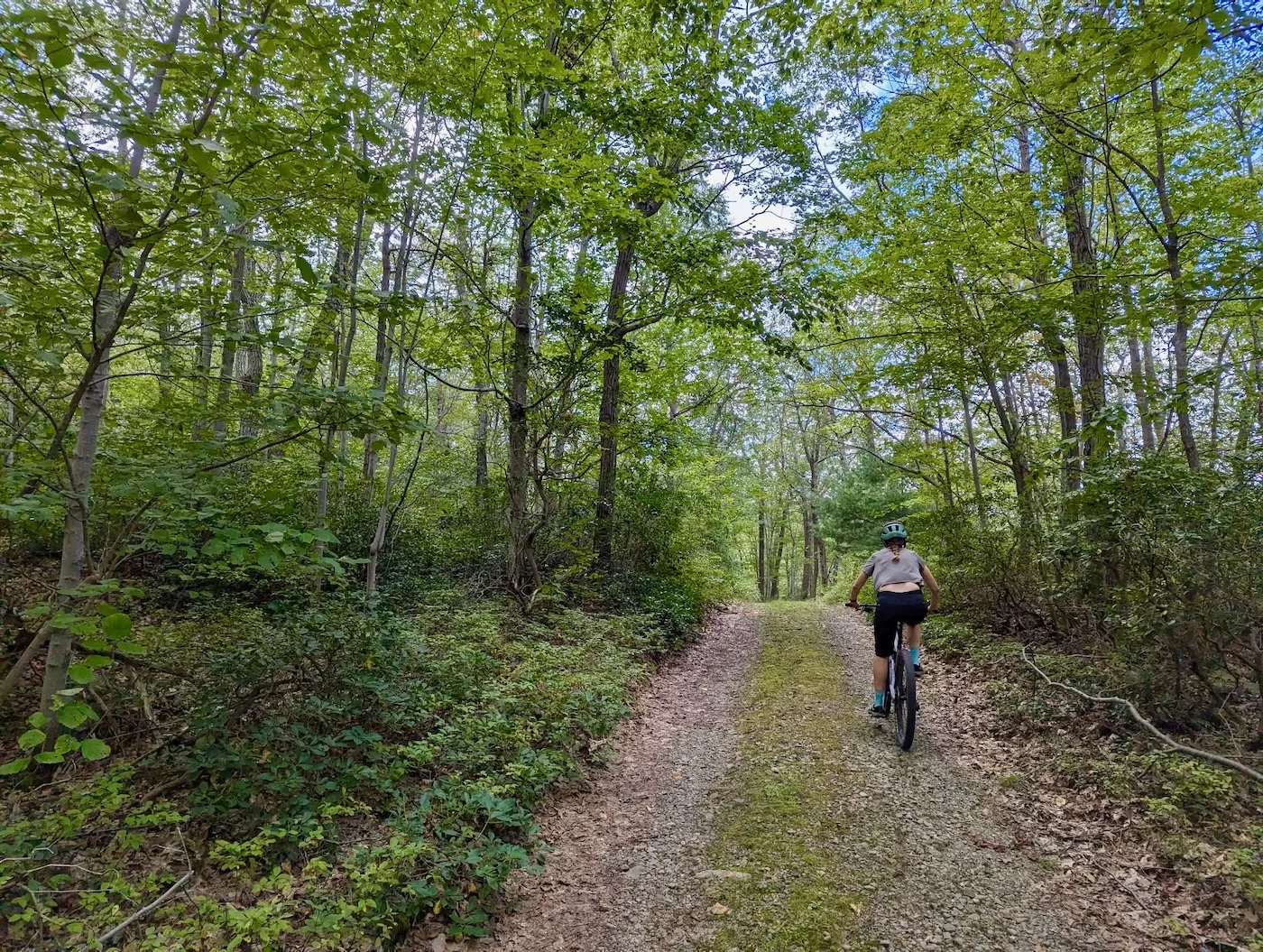
For recreationists and nature lovers Black Rock Forest features miles of hiking trails and well-maintained gravel roads. Cyclists are limited to the gravel roads, but this network traverses the full extent of the property and passes all seven of the forest’s ponds and reservoirs.
Starting from the visitor parking area just off Route 9W, Reservoir Road climbs just shy of a mile up to the Upper Reservoir. As we stopped for a water break and a chance to take in the view, a young timber rattlesnake made its way out of the brush and across the road.
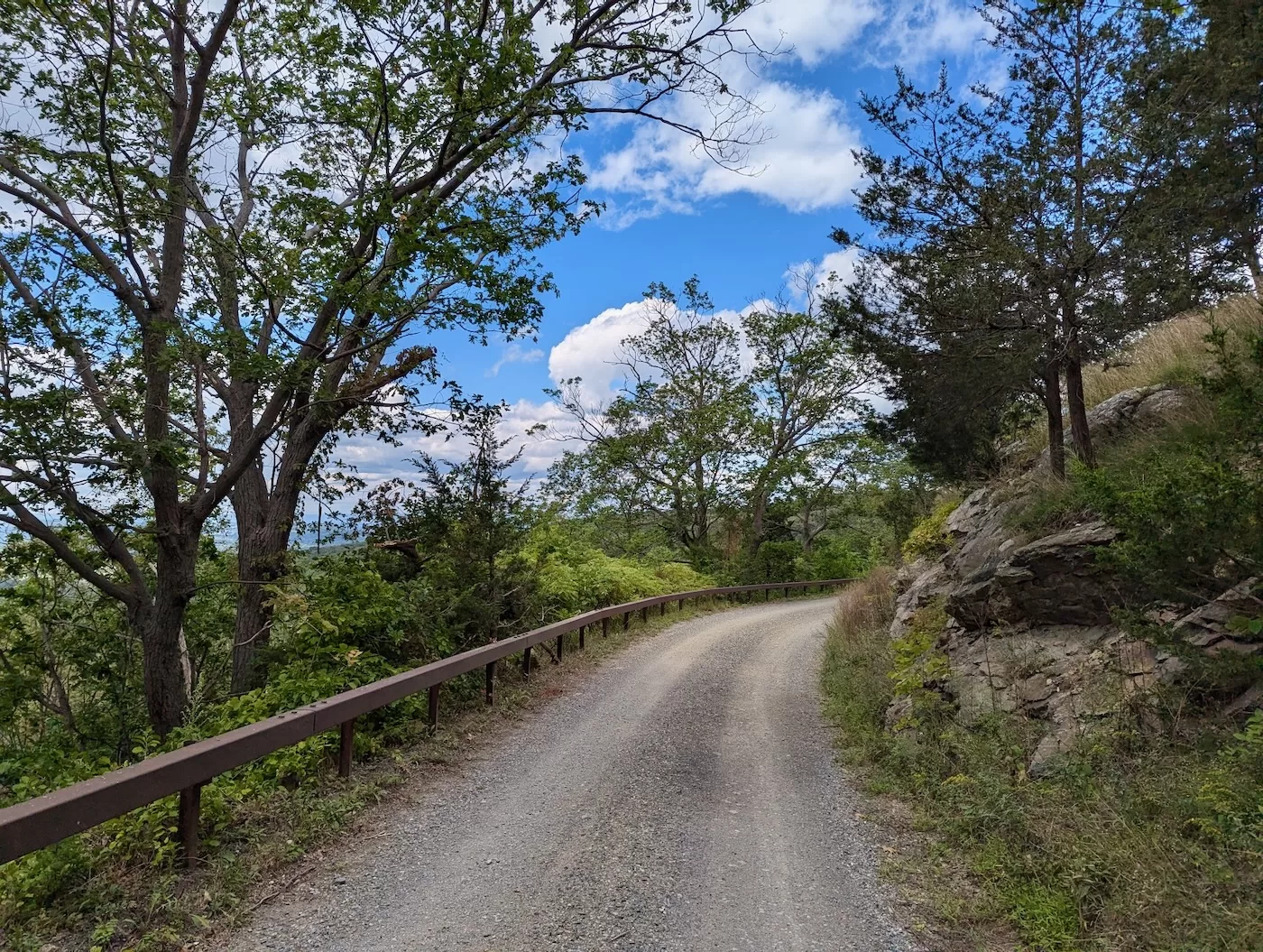
Once the rattlesnake had passed, the ride continued another two miles uphill to an old stone house overlooking Tamarack Pond. This was just shy of our max elevation, having climbed nearly 700 feet from the parking area. One more stop on the opposite side of the pond, and it was all downhill back to the truck.
After completing the lollipop loop portion of our ride, we merged back with the route we had taken on the way up. An ancient oak tree marked the intersection of Continental Road and White Oak Road, fitting for a landmark of such significance.
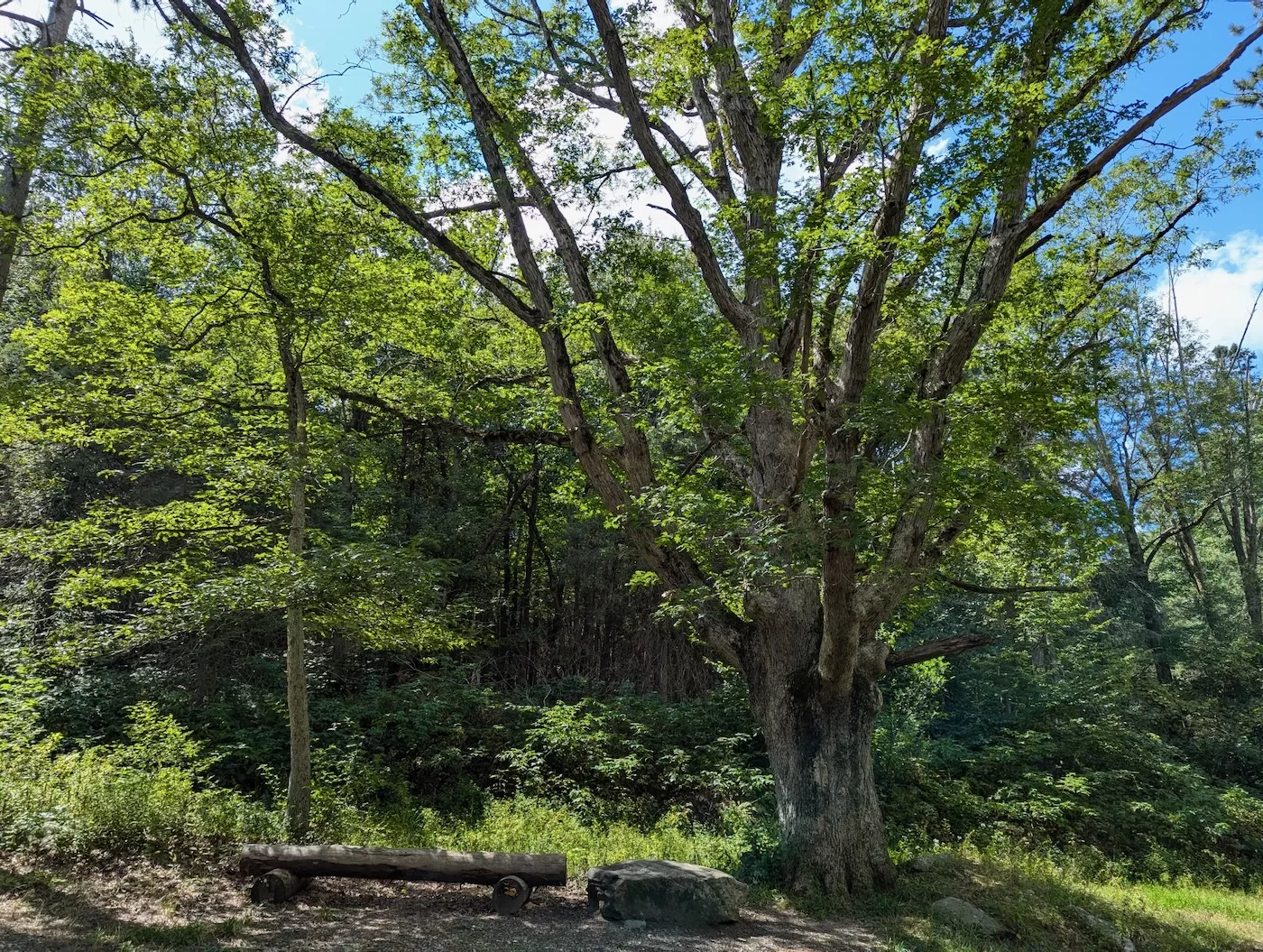
What took us nearly an hour to ascend took all of about fifteen minutes to descend on the return trip. Along the way, we passed by various research plots and other indications of the forest’s scientific use. Despite my appreciation for state-run parks, it was impressive to see the extent to which a non-profit conservation group could effectively manage a forest and its biodiversity.
The experience was comparable to any I’ve had on Minnewaska State Park’s carriage roads, albeit 40 miles closer to home and with much lighter crowds. I will certainly keep Black Rock in my rotation and recommend it to anyone who hasn’t been there.

From the title and first sentence I thought we were gonna see a story about Blackrock Capital buying up recreational land and price gouging for access ha! Glad to see just about the exact opposite.
I can’t believe I never visited this place. I’m even closer than you are so I guess I need to get there. Great pics and story.
Like a lot of places, the Hudson Highlands get hit hard in the hot spots while the rest of it lays largely unknown and unvisited. More bike, less car. Nice report Low Angle.
Nice story and fotos, Low Angle Life. I think I ran a trail race there, many years ago.
Glad your recovery seems to be progressing so well, seems like a nice place to burn 5 bucks!